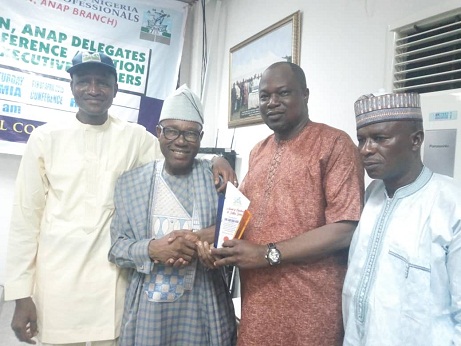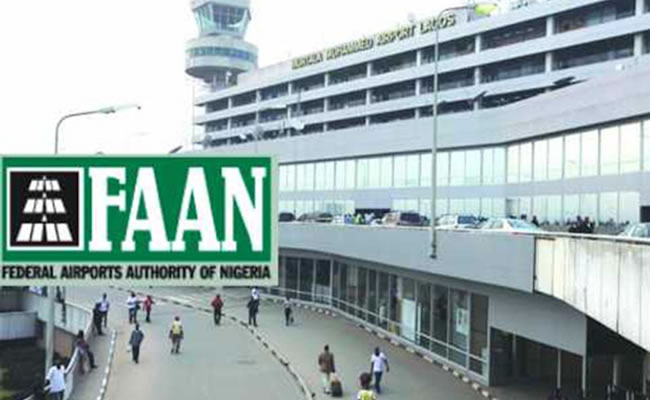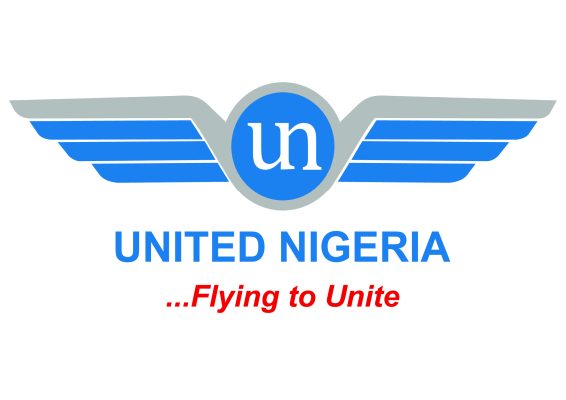Leveraging SBAS, NIGCOMSAT for enhanced air navigation

BY CHUKWUEMEKE IWELUNMO
Following a test-run of the Satellite Based Augmentation System (SBAS) in Abuja by the Nigerian Airspace Management Agency (NAMA), which was aimed at enhancing safety in the country’s airspace and cutting costs for airline operators.
However, in preparation for the implementation of the new technology, NAMA collaborated with the Nigeria Communications Satellite (NIGCOMSAT), by deploying its calibration aircraft Beechcraft King Air 350i for the demonstration flight was successful.
SBAS is a correction service for standalone Global Navigation Satellite System (GNSS) observations and has been implemented in several regions around the world, including the United States, India, Europe, Japan and others.
An operational SBAS provides a service for improving the accuracy, integrity, and availability of standalone GNSS, or what is traditionally known as Global Positioning System (GPS).
The facility achieves increased accuracy through correction signals, which are derived from data collected from a ground reference station network.
Speaking at the occasion, Prof. Isa Alli Patani, the Minister of Communication and Digital Economy, emphasised that the successful demonstration of SBAS using the NIGCOMSAT had shown clearly the country’s capacity to support, not just Nigeria, but the rest of Africa.
Patani emphasised that NIGCOMSAT covers the whole 30.37 million square kilometres of Africa and also covers some areas of the Atlantic Ocean, the Indian Ocean, Asia and Europe.
According to him, the country’s satellite can cover the SBAS in not only Nigeria but Africa as a whole.
He pointed out that the facility could also be used for communication, marine, rail, road as well as agriculture.
Patani stressed that the world is in the age of digital technology and this was a key enabler of major economies and that other African countries could employ its services for things such as cartography, topography as well as a hydrographic survey.
Also speaking at the demonstration flight, Matthew Pwajok, the Ag. Managing Director, NAMA, said that data received from SBAS could reduce the positioning error from standalone GNSS signals from between five to 10 metres to decimetre accuracies, which is transmitted through satellite, as opposed to a terrestrial communications channel, thereby enabling it to cover a wider geographical area.
Pwajok emphasised that an operational SBAS consists of reference stations, master stations, communication satellites and the broadcast SBAS signals.
On the requirements for the implementation of SBAS in Nigeria, Pwajok said that Part 14 of the Nigerian Civil Aviation Regulations (Nig CARs Part 14), recommends the implementation of SBAS in Nigeria in accordance with the International Civil Aviation Organisation (ICAO) Regional Air Navigation Plan.
He also added that the Nigerian Performance Based Navigation (PBN) Roadmap supports the implementation of SBAS in the medium and long term, while the Nigerian National Air Navigation Plan further supports its implementation, among others.
Pwajok explained that the new system when fully implemented would encourage single airspace for Africa.
READ ALSO: Development: Islamic cleric charges political leaders.
He maintained that for the Single Africa Air Transport Market (SAATM) to work effectively, it requires the support of single African sky, which he said would be a strategy for sustaining or supporting its implementation.
“Definitely, if you want to remove barriers in terms of immigration and others, then, you must also remove barriers in the airspace; otherwise you have not achieved anything. If there are restrictions and I have to have a clearance before I go to Cotonou in Benin Republic, then, you have not done anything”, he said.








